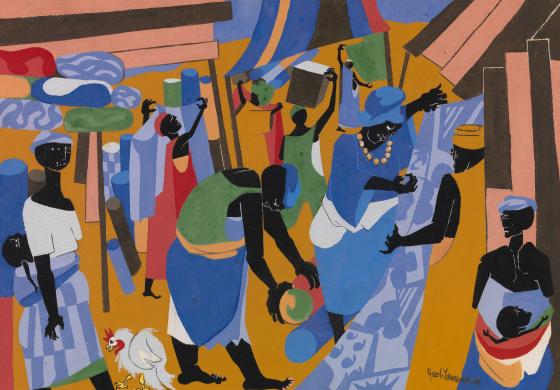

From a therapeutic perspective, such interactions with robots could also help to alleviate the rising shortage of human caregivers and growing problem of persisting loneliness, which has been linked to high costs and ruinous health outcomes, and is being exacerbated by isolation caused by COVID-19. Moreover, considering the growing number of artificially intelligent systems targeting applications that were previously thought to be restricted to humans–from complex games like “Go” to writing, composing, and depicting–it seems possible that this line of research could one day affect how we think about ourselves [e.g., if emotions and creativity can no longer be used as a differentia specifica for humans, what might be next for Plato’s “featherless biped” ( Hodges et al., 2010)?).) Here we focus on one such emotional and creative activity that people of all ages and cultures can enjoy, art-making painting together with others can positively affect a person’s restfulness, self-image, stress tolerance, and vital signs–facilitated by processes of self-exploration, self-fulfillment, catharsis, and self-categorization ( Stuckey and Nobel, 2010). (Some might argue that it would be impossible for robots to engage in such interactions, as emotions and creativity are human traits here, an alternative perspective is adopted, that these terms refer to observable “processes,” rather than traits that someone or something might or might not possess. In particular, social needs for affection and self-fulfillment strongly involve emotions and creativity ( Maslow, 1943), which have been described as “final frontiers” in artificial intelligence ( Picard, 1995 Colton and Wiggins, 2012). This will involve helping not just with everyday tasks and emergencies, but also with fulfilling our social needs, to help us to flourish (e.g., ( Fitter and Kuchenbecker, 2018 Block and Kuchenbecker, 2019 Nakagawa et al., 2020)). The current article proposes that social robots will follow the path of smartphones in becoming prevalent, once they too appear to provide various forms of value at reasonably low cost (hereafter referred to as the “smart phone hypothesis”). Thus, the contribution of the current work lies in suggesting how a robot can seek to interact with people in an emotional and creative way through personalized art thereby, the aim is to stimulate ideation in this promising area and facilitate acceptance of such robots in everyday human environments.


In closing, the article describes a simplified demo, and discusses future challenges. The results of a small user study via a survey provided further insight into people’s perceptions: the general design was perceived as intended and appealed as well, personalization via representational symbols appeared to lead to easier and clearer communication of emotions than via abstract symbols. For this, an approach involving personalized “visual metaphors” was proposed, which balances the degree to which a robot’s art is influenced by interacting persons. This led to identifying a goal: to generate representational or abstract art that connects emotionally with people’s art and shows creativity. Guided by the principles of speculative design, the current article describes the use of a collaborative prototyping approach involving artists and engineers to explore this design space, especially in regard to general and personalized art-making strategies. A challenge is that various complex and idiosyncratic concepts relating to art, like emotions and creativity, are not yet well understood. Socially assistive robots are being designed to support people’s well-being in contexts such as art therapy where human therapists are scarce, by making art together with people in an appropriate way.


 0 kommentar(er)
0 kommentar(er)
